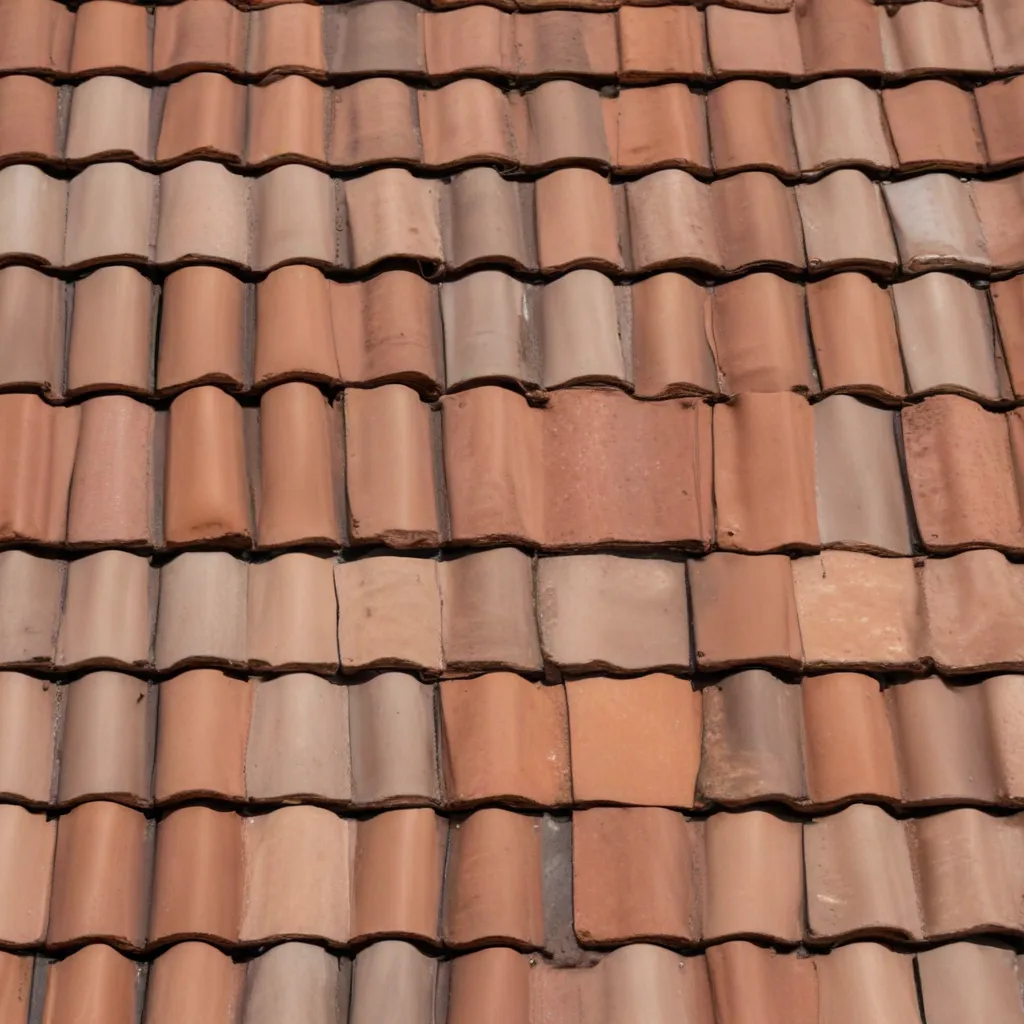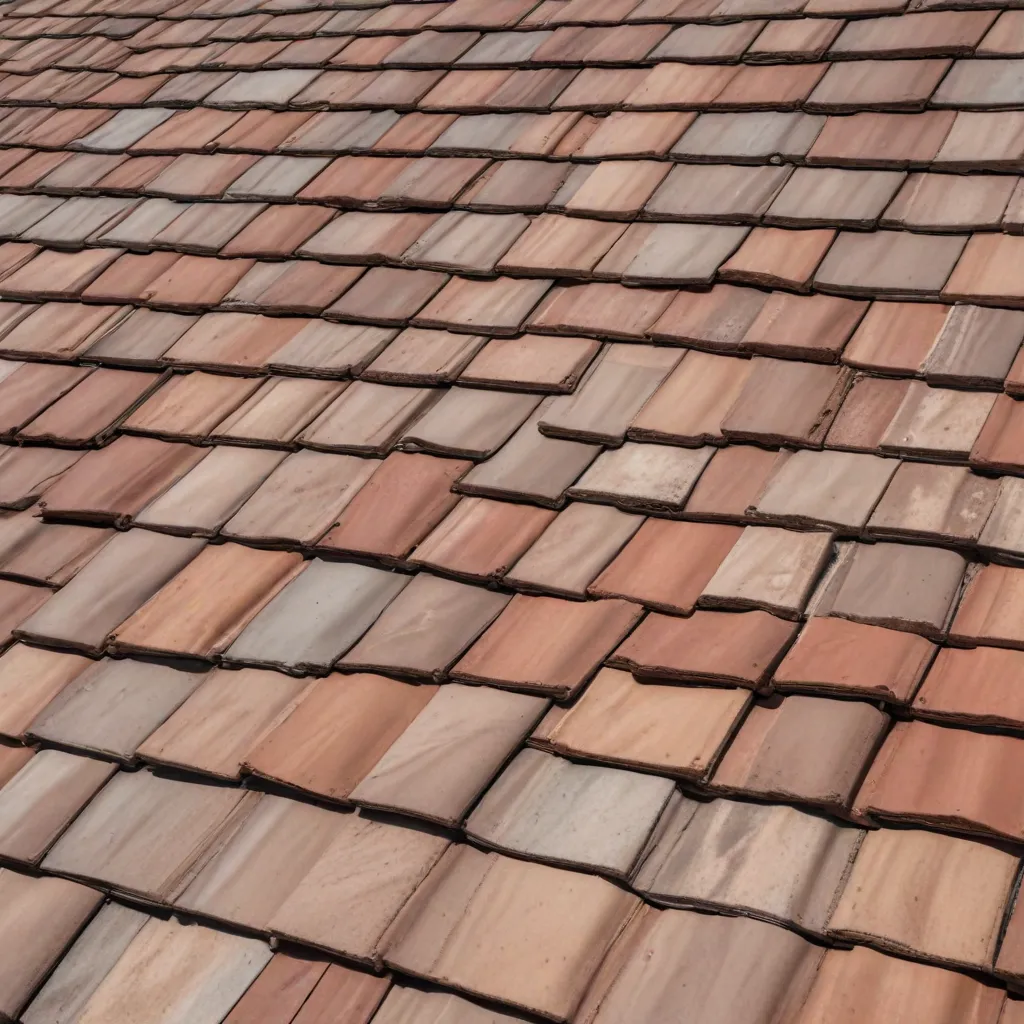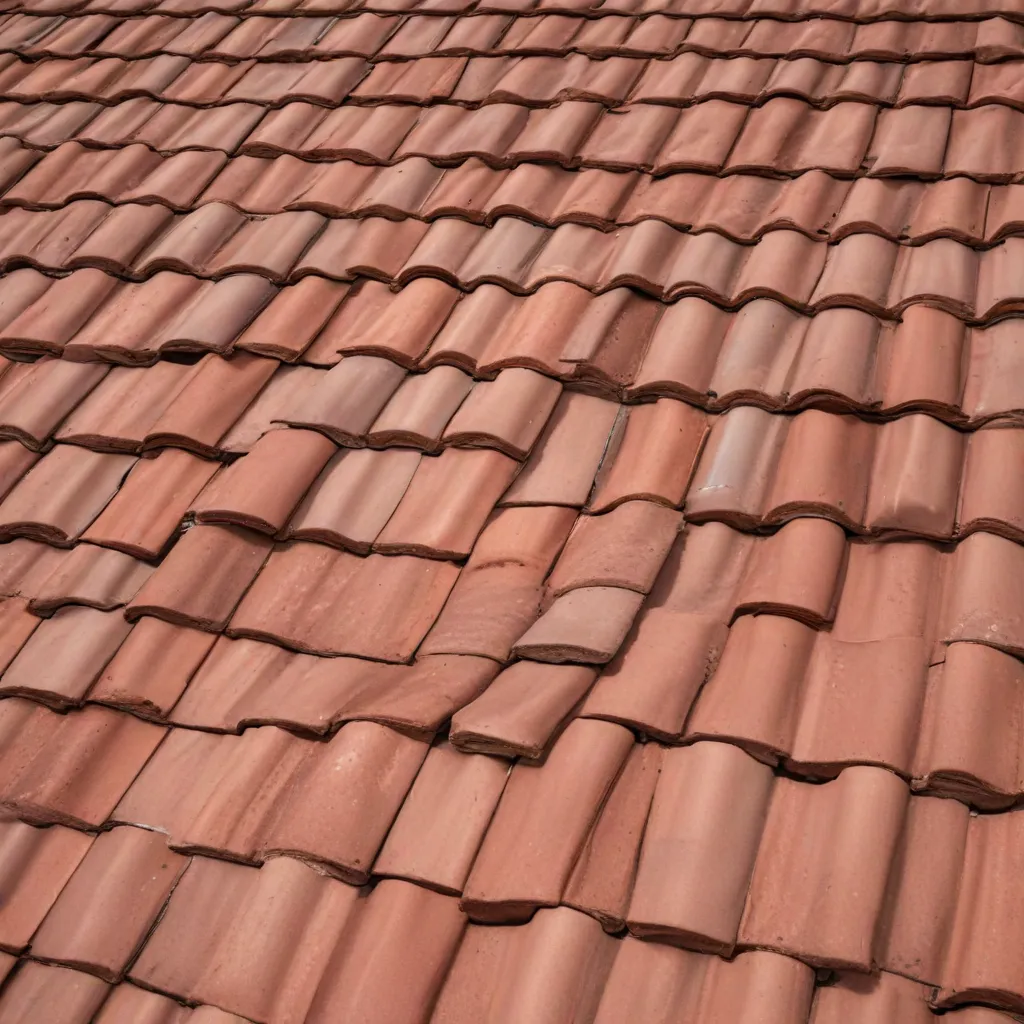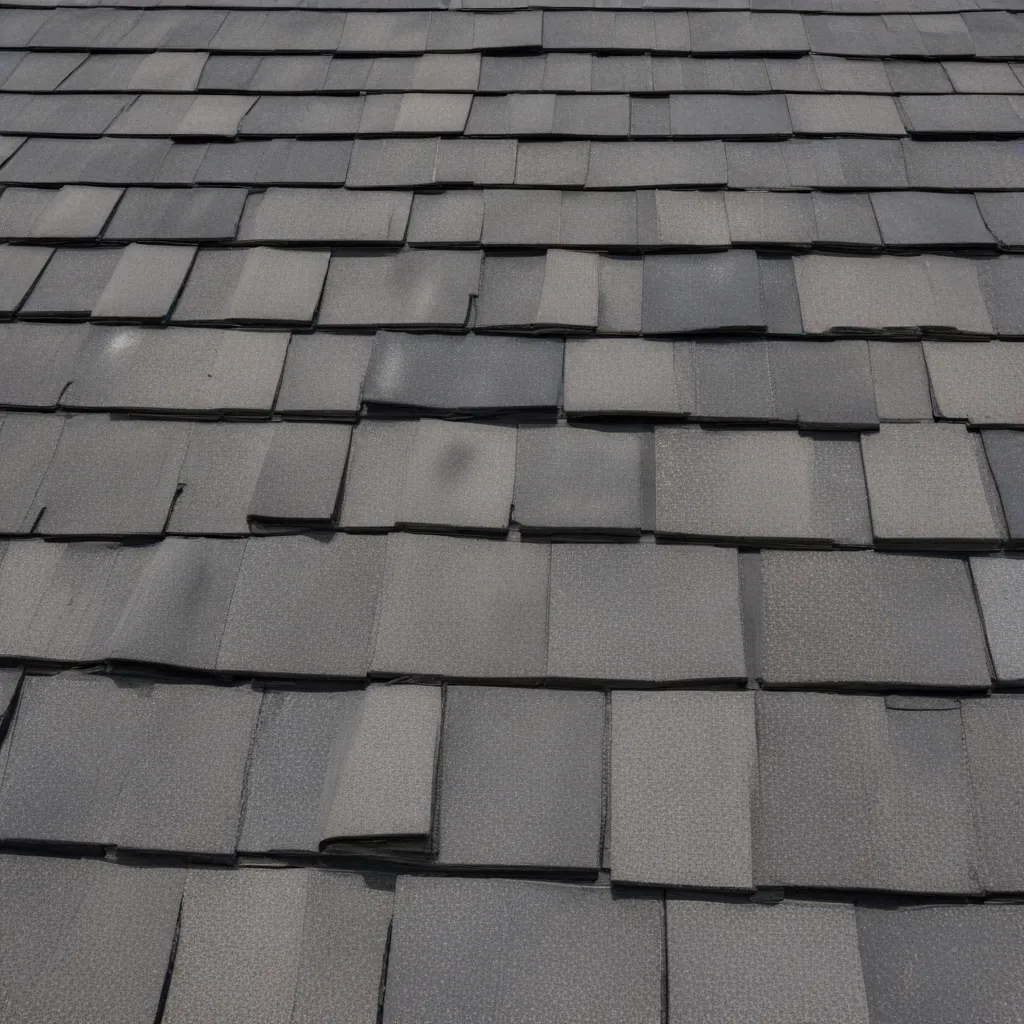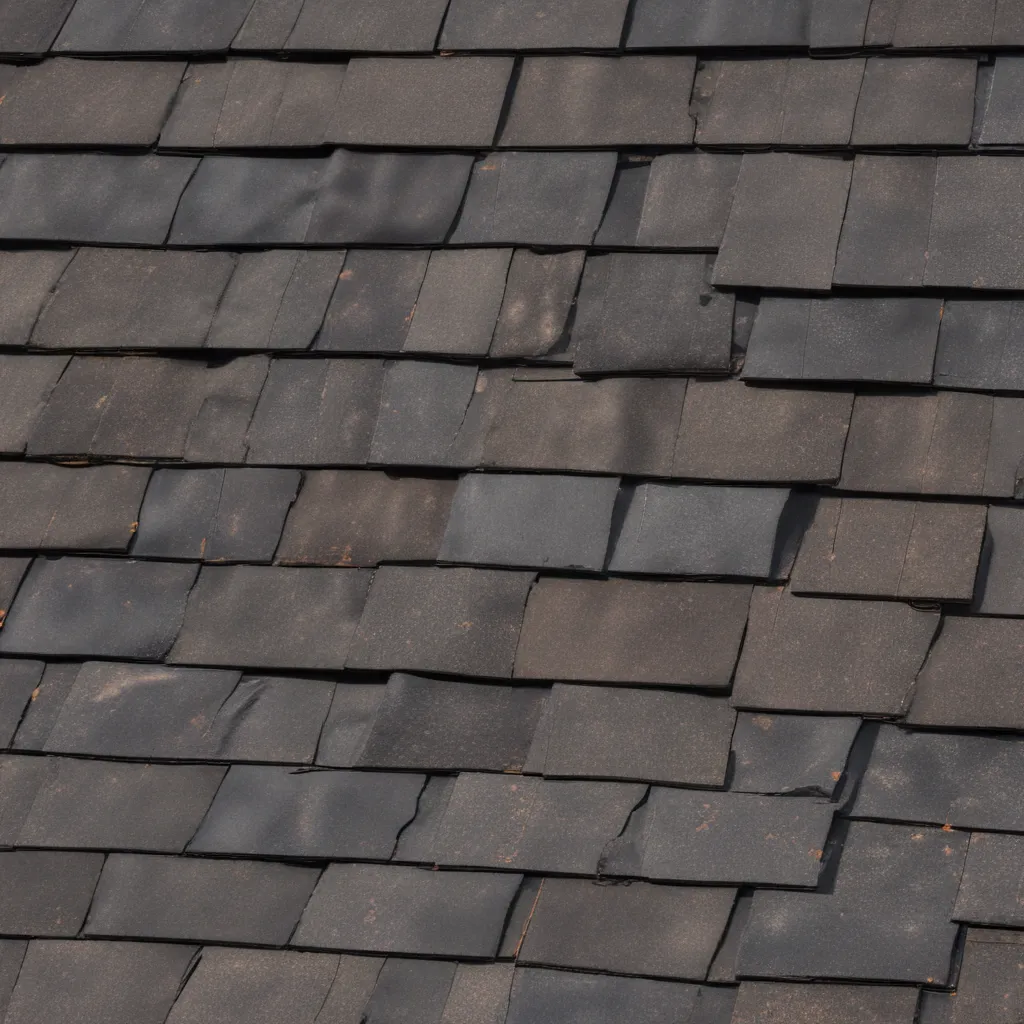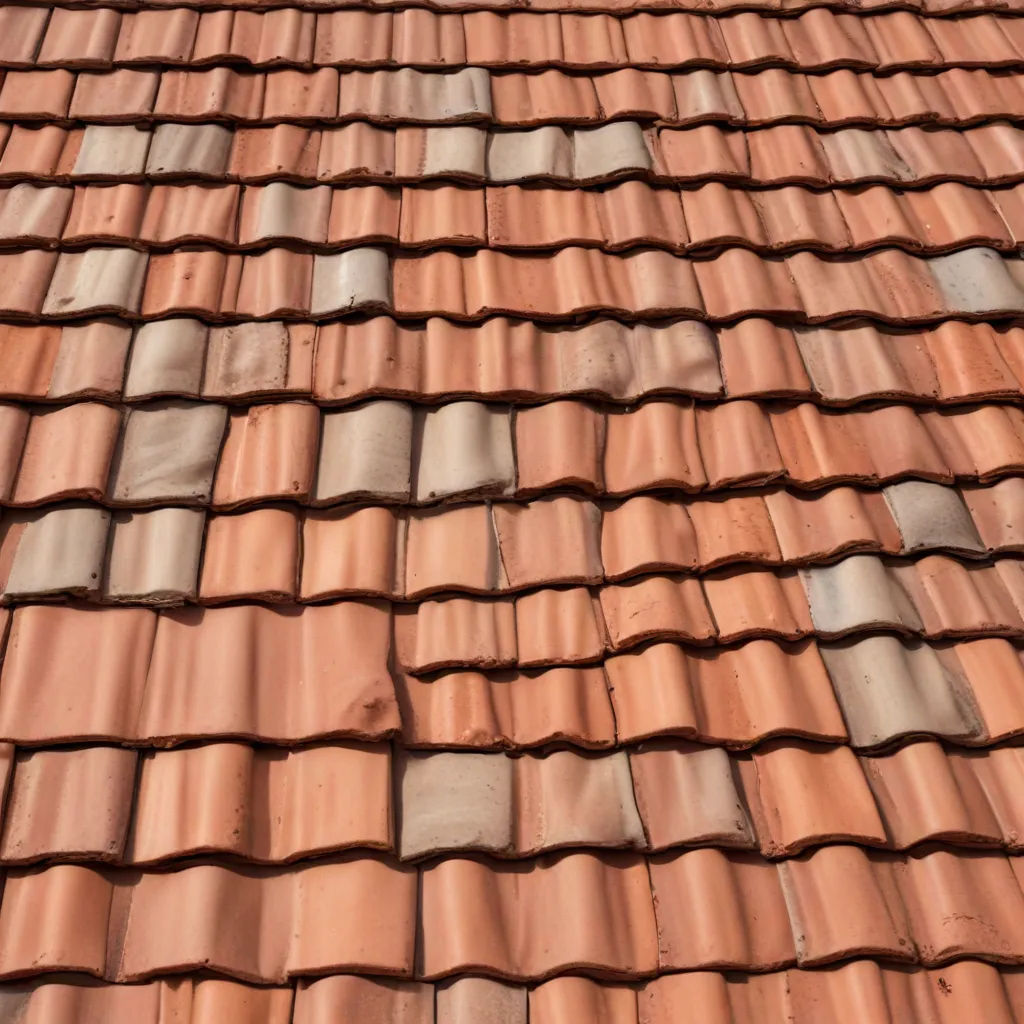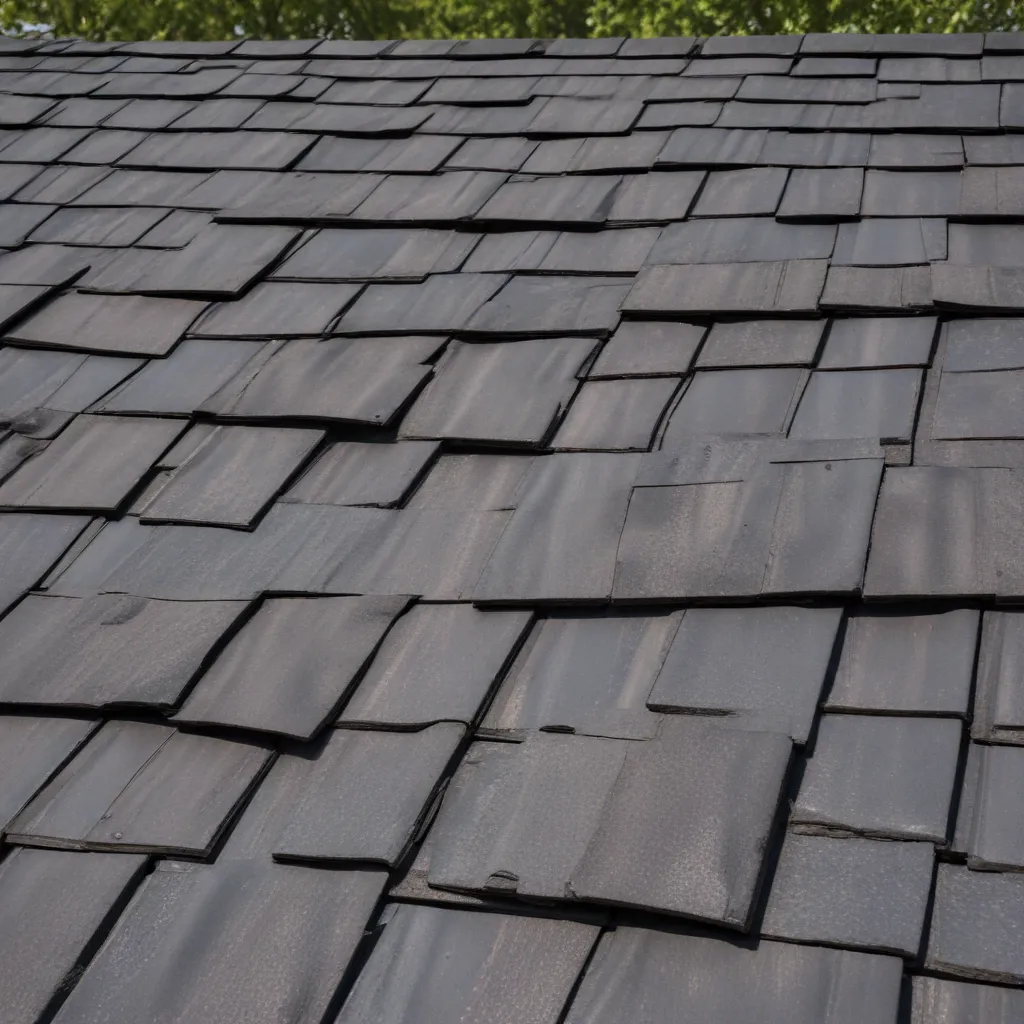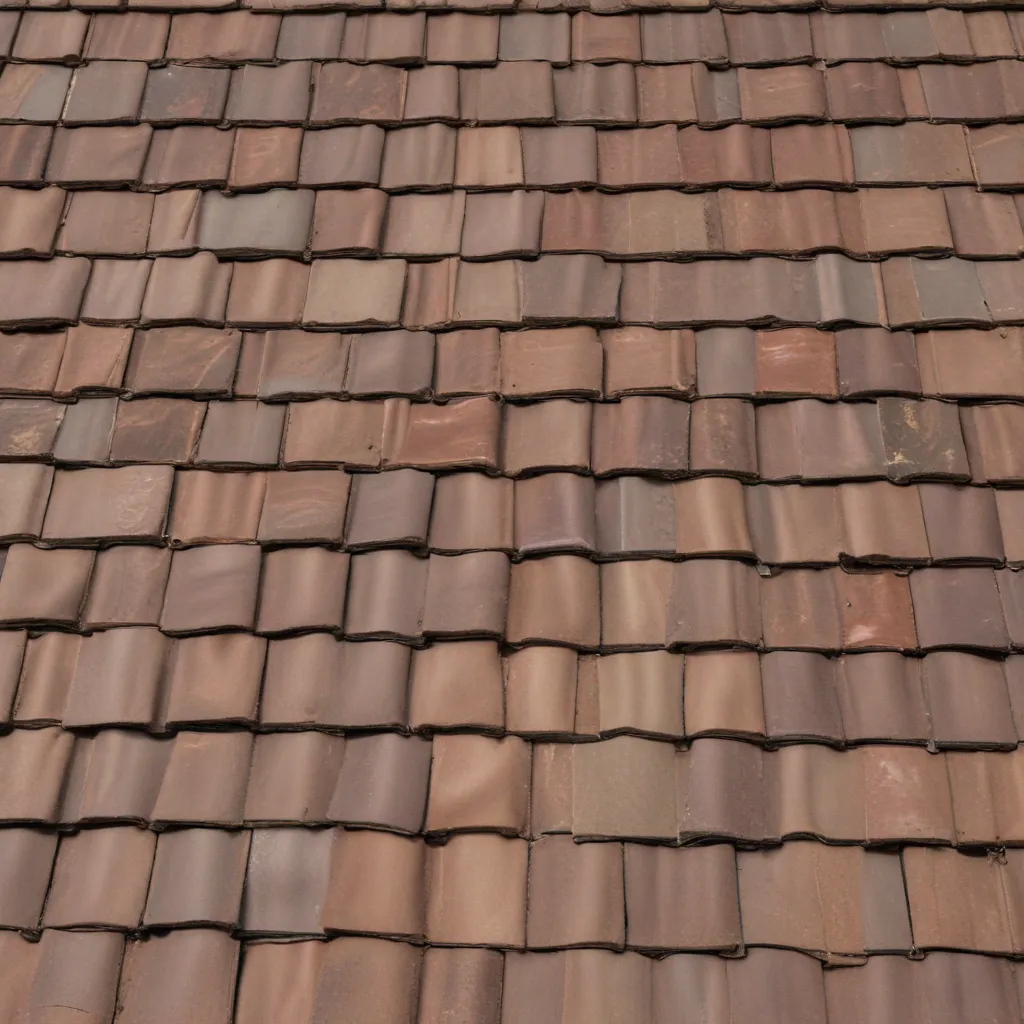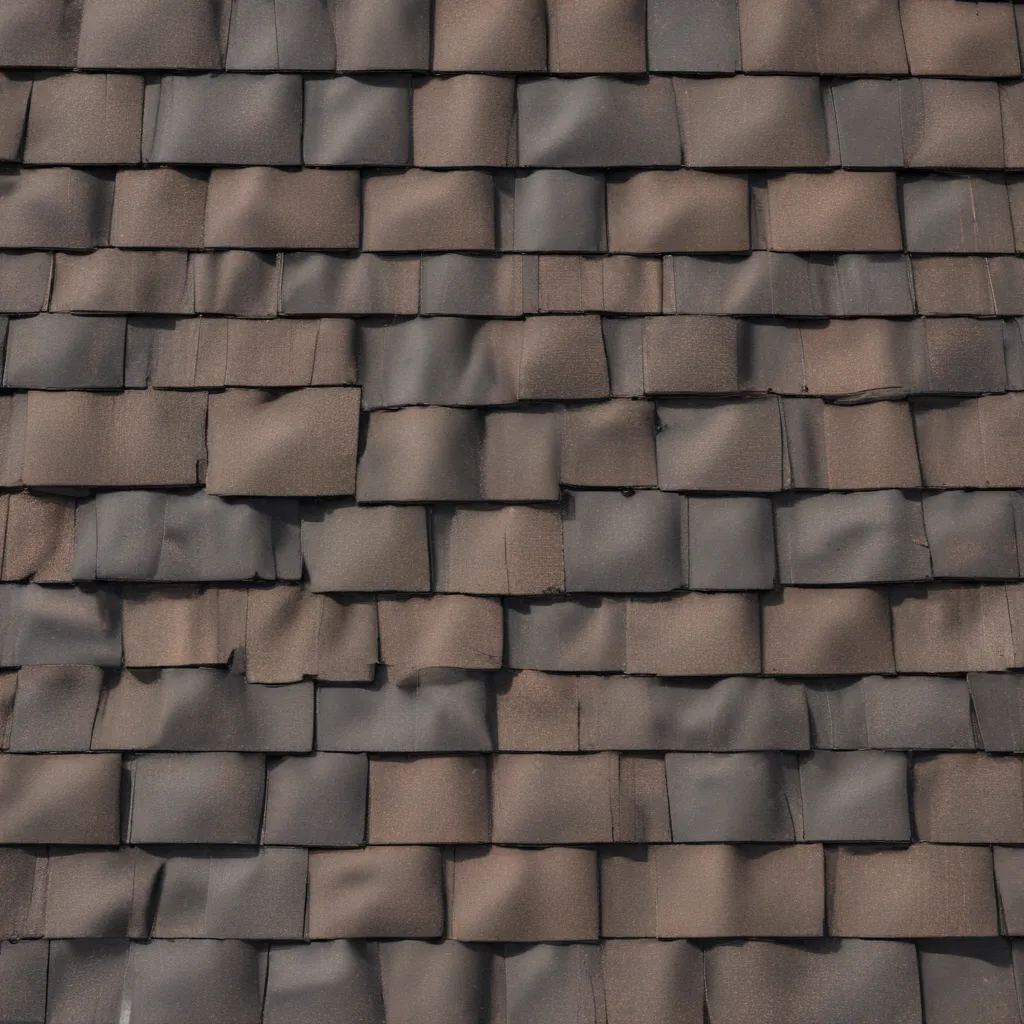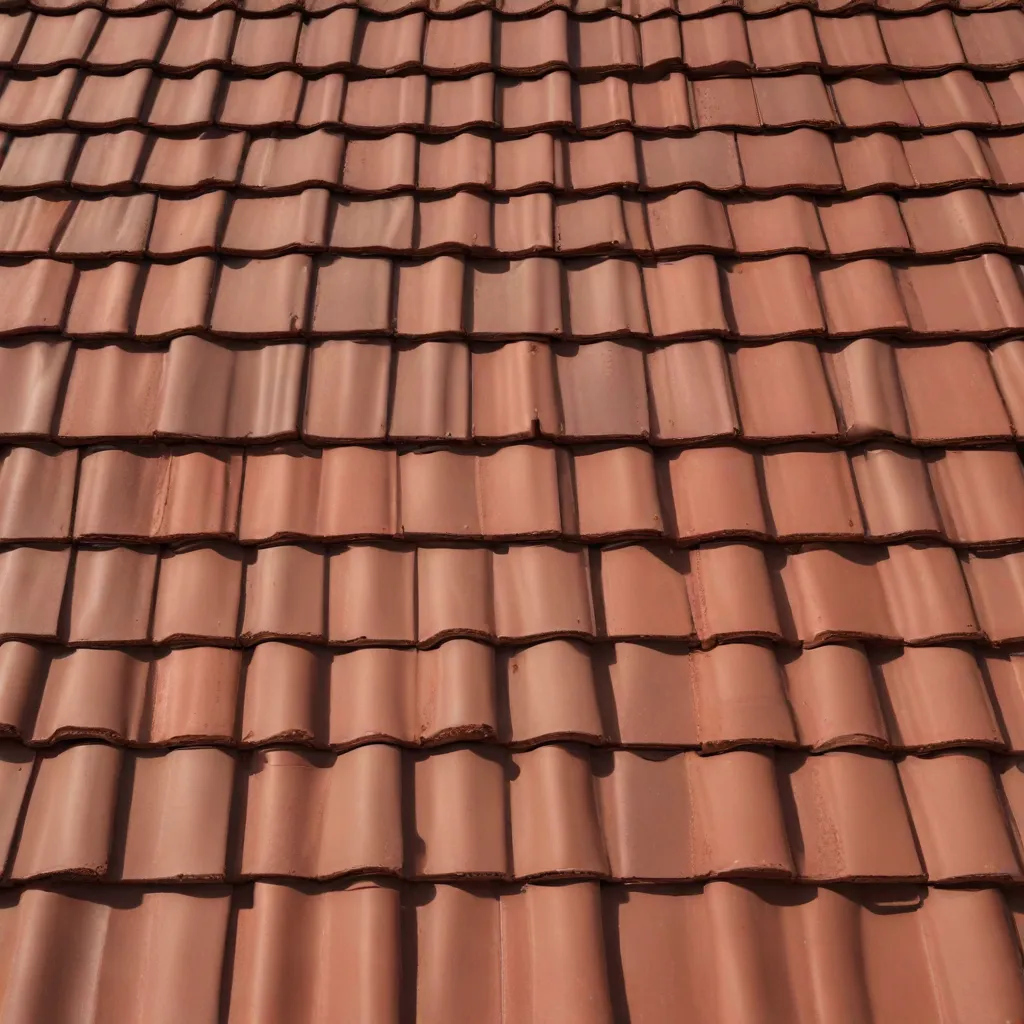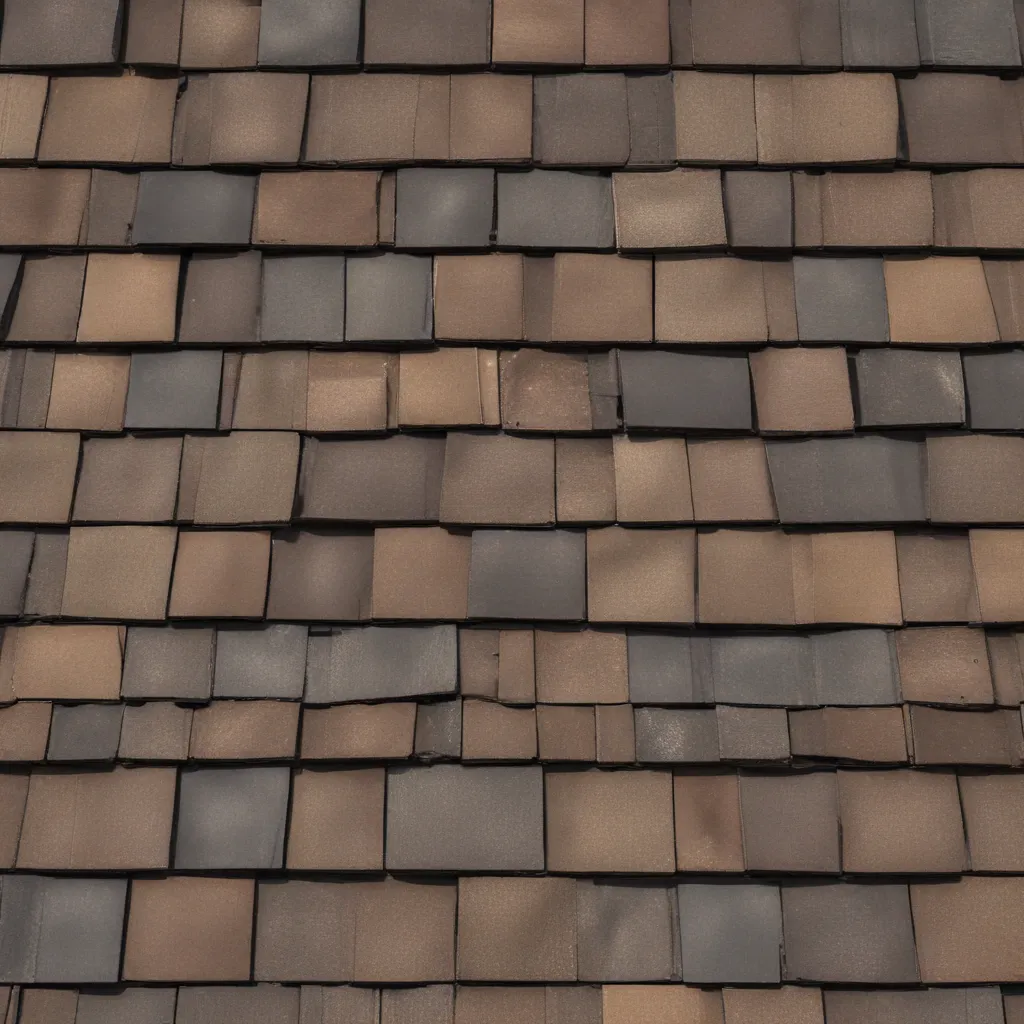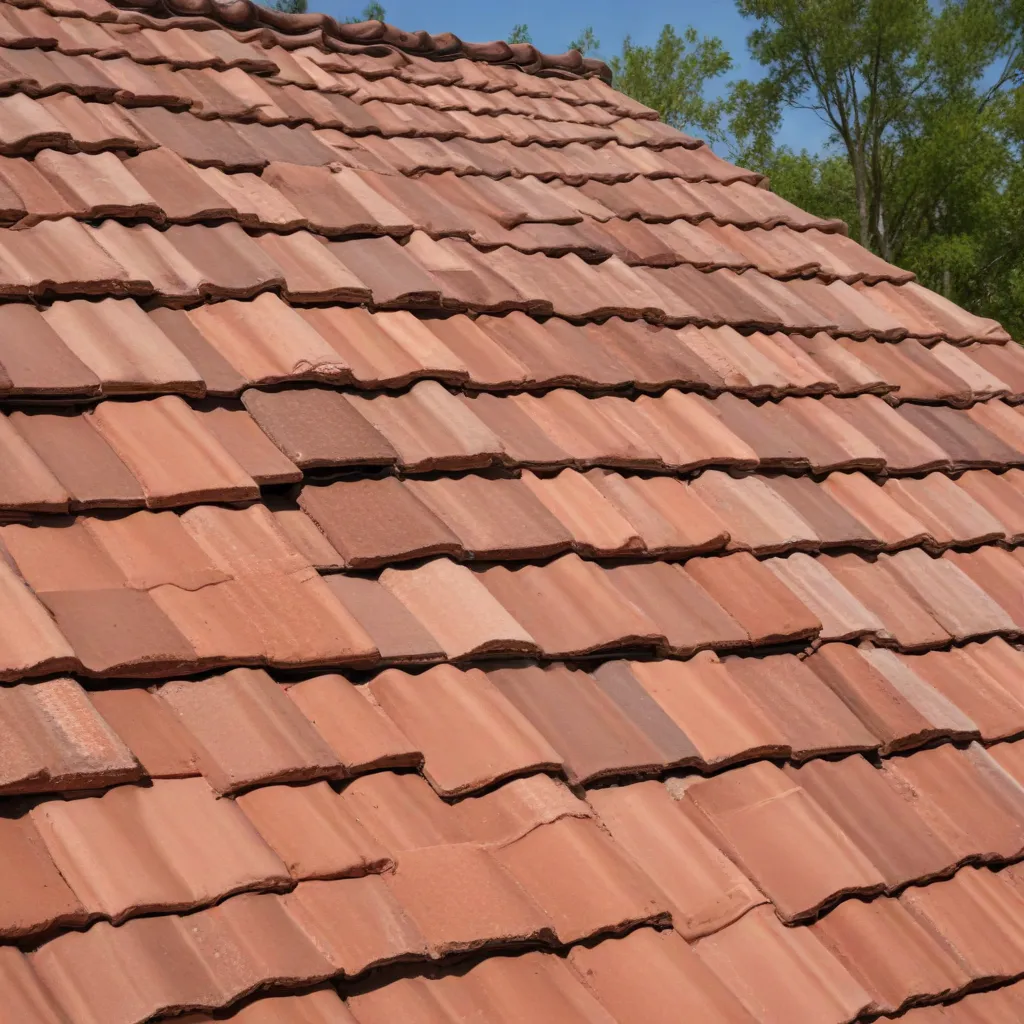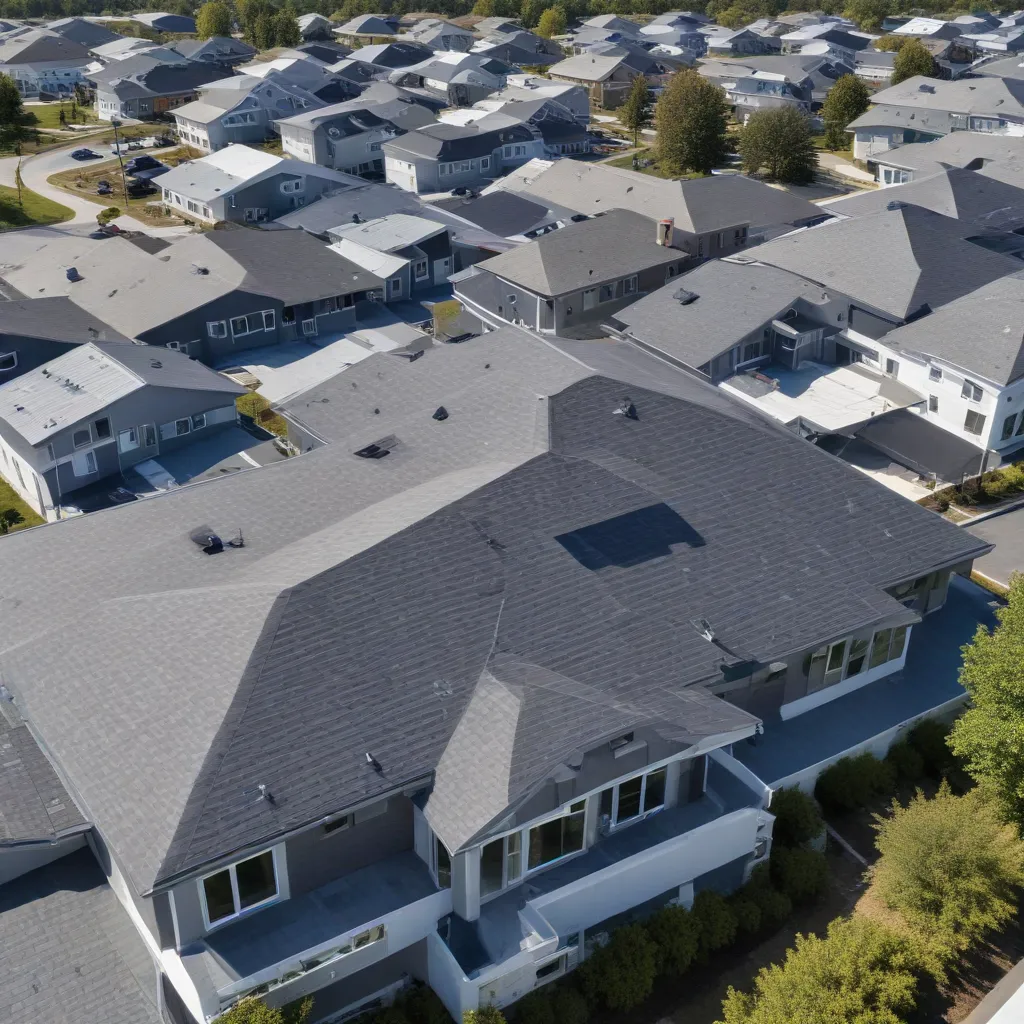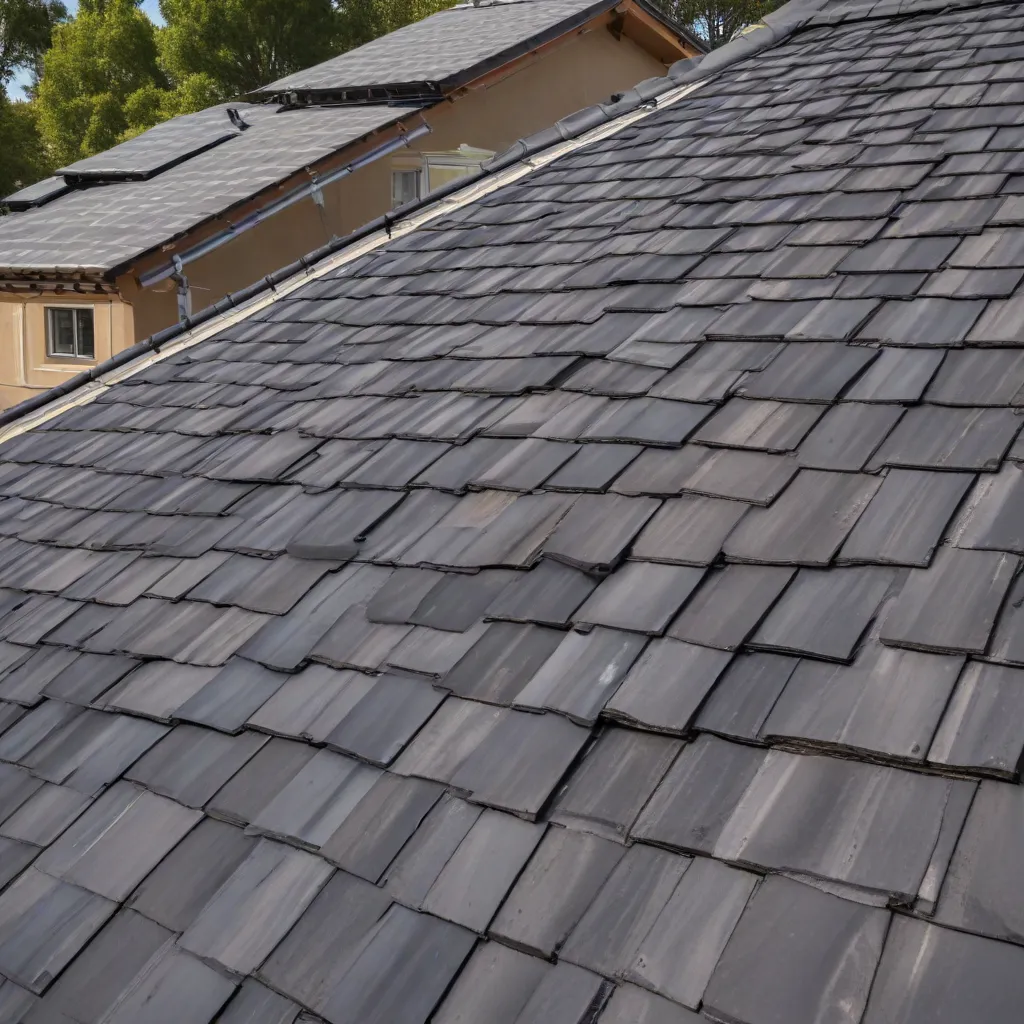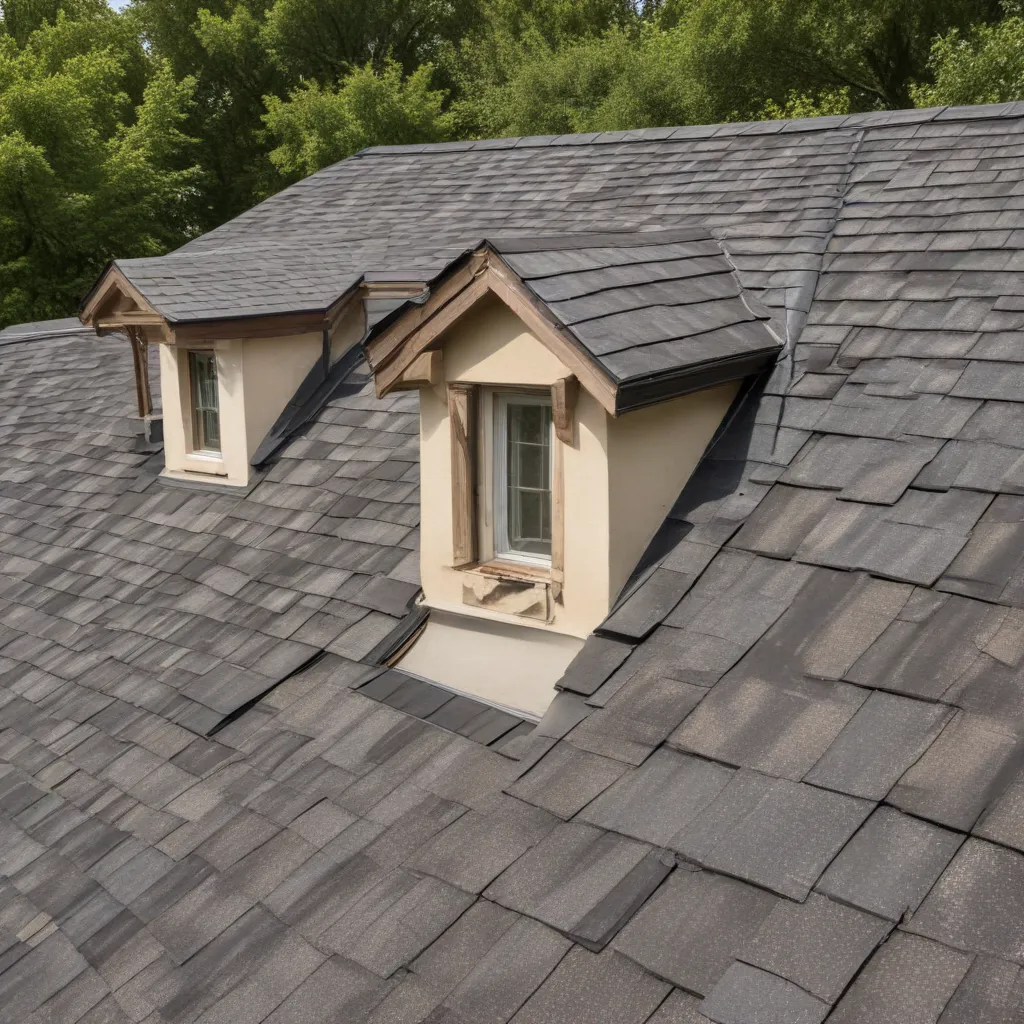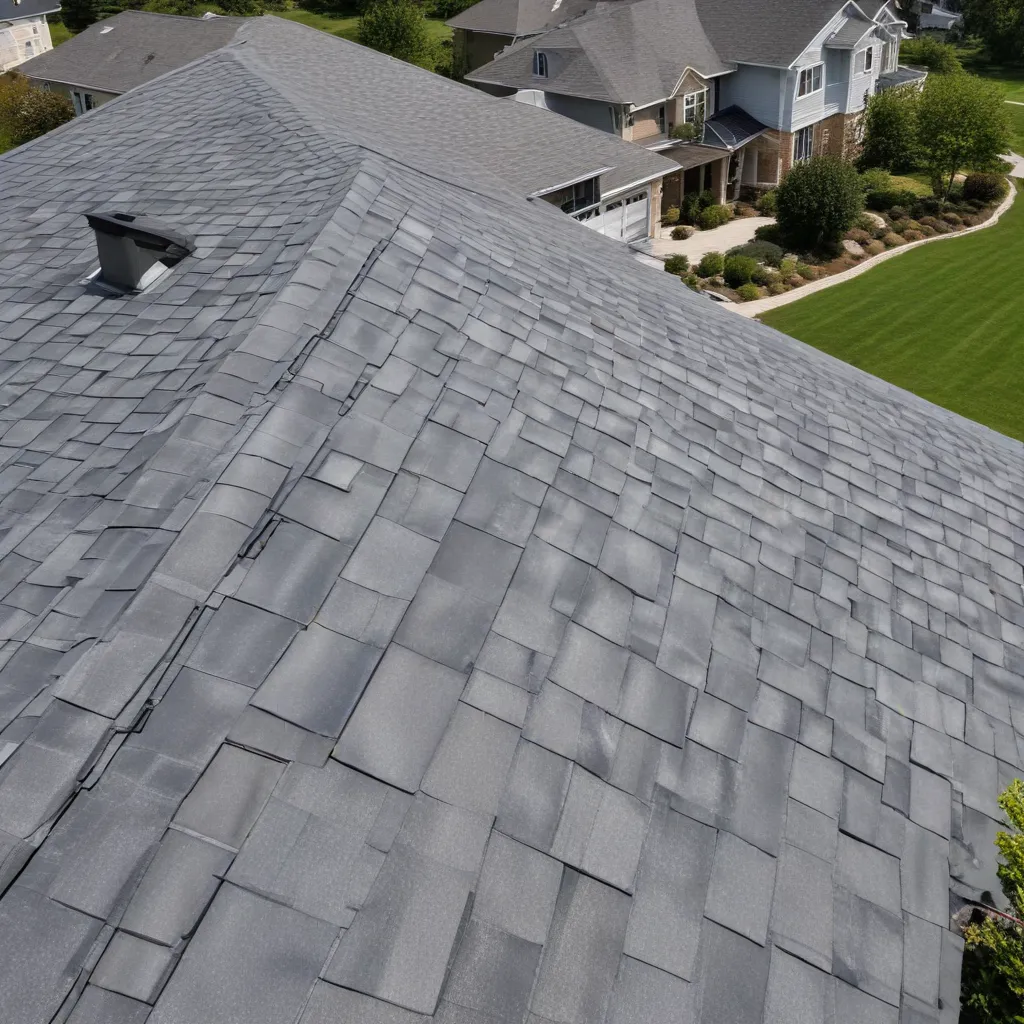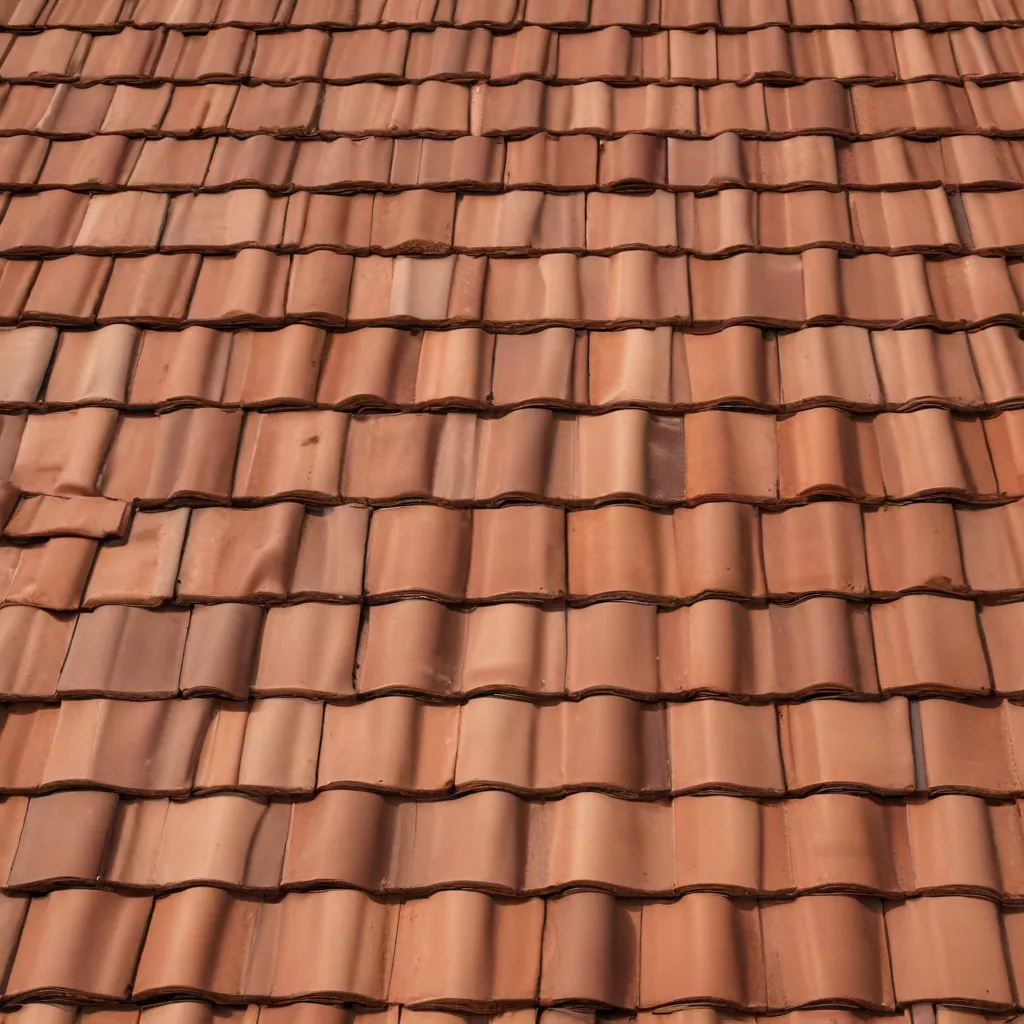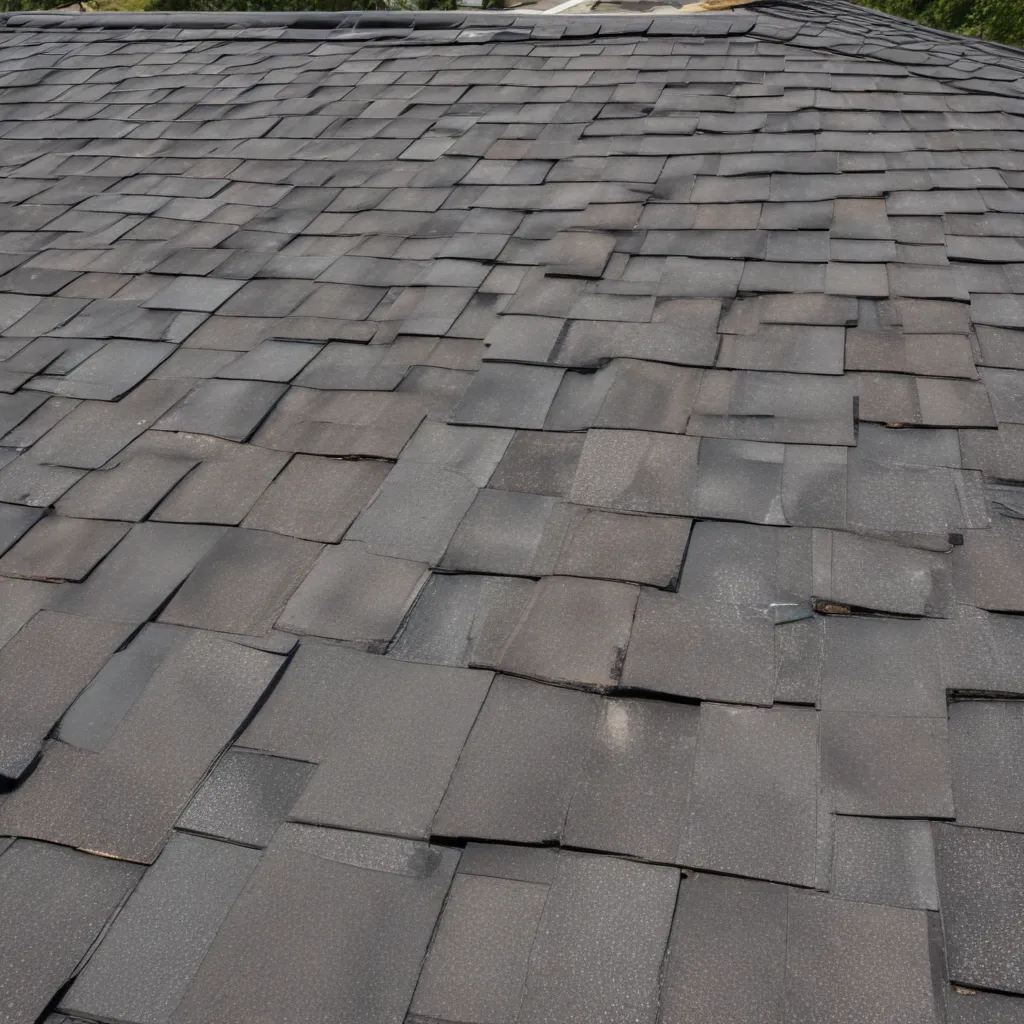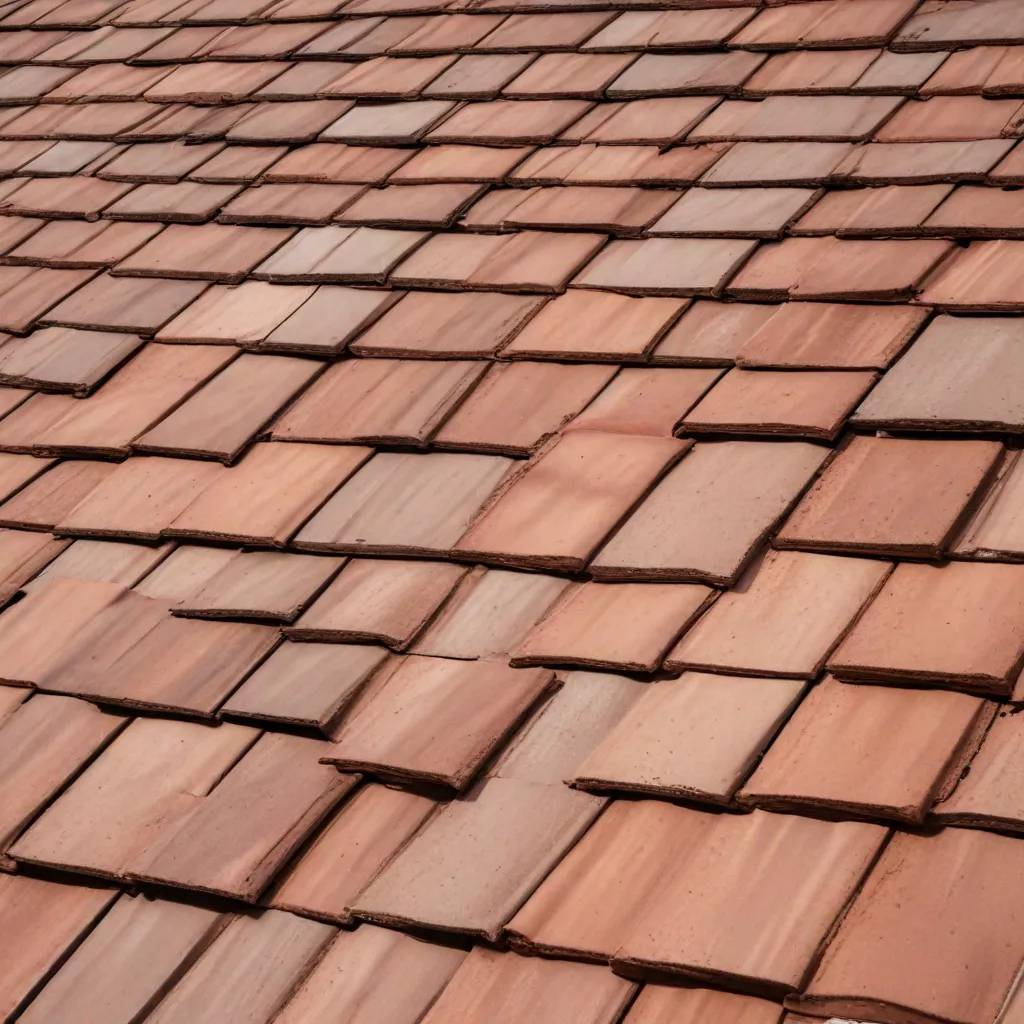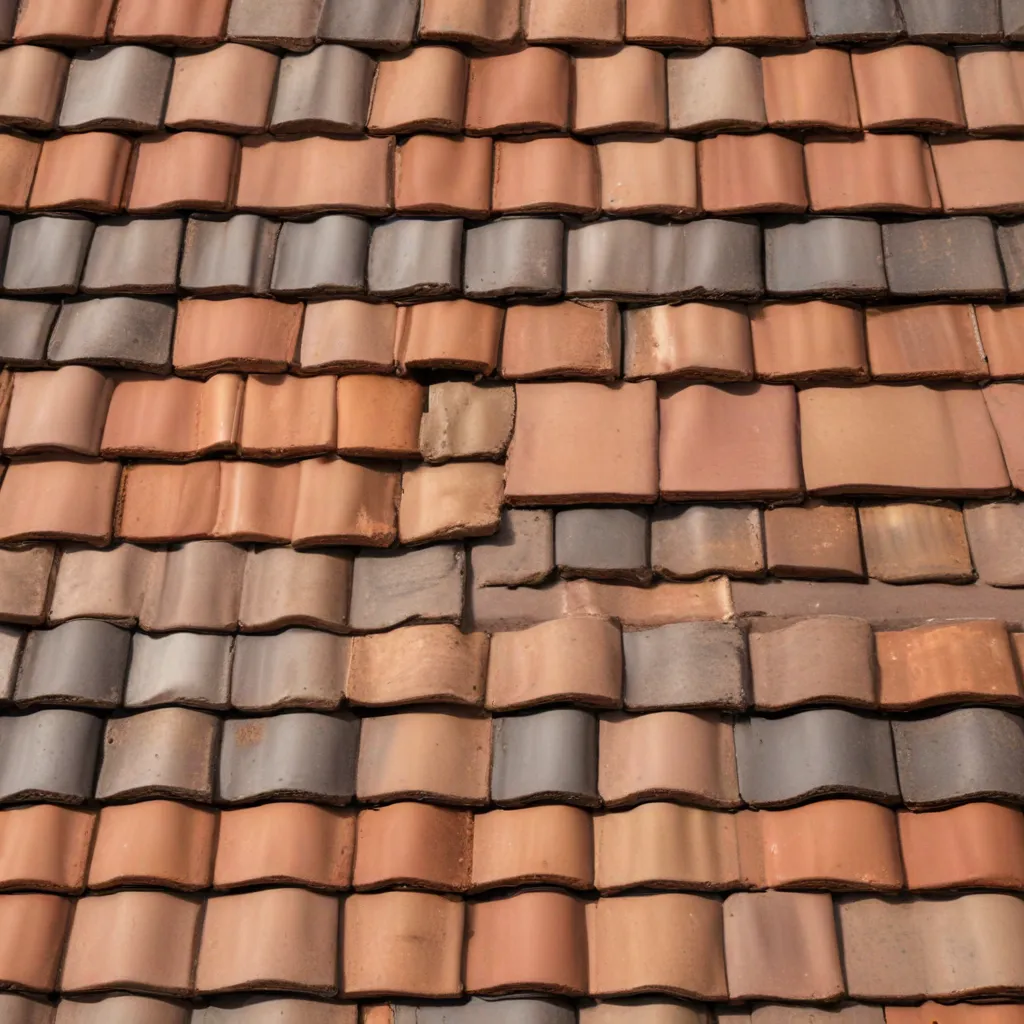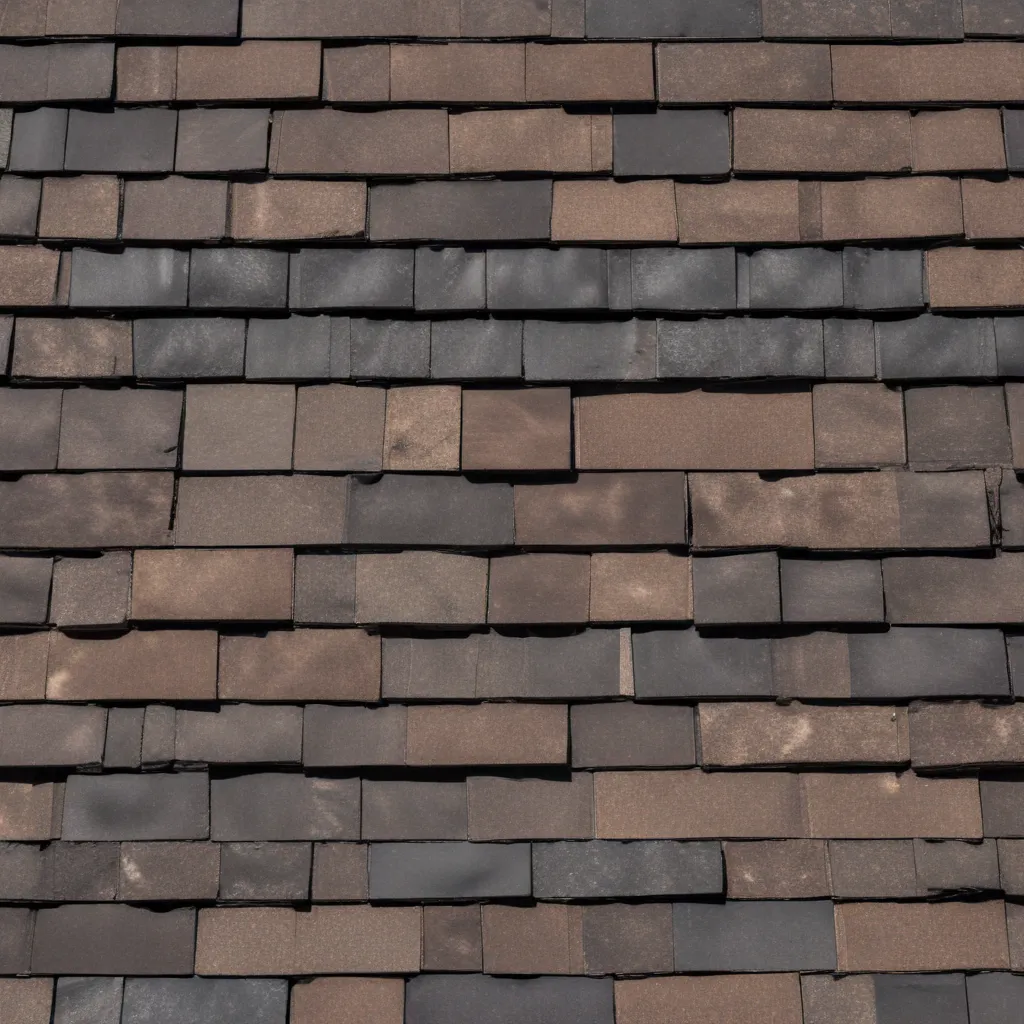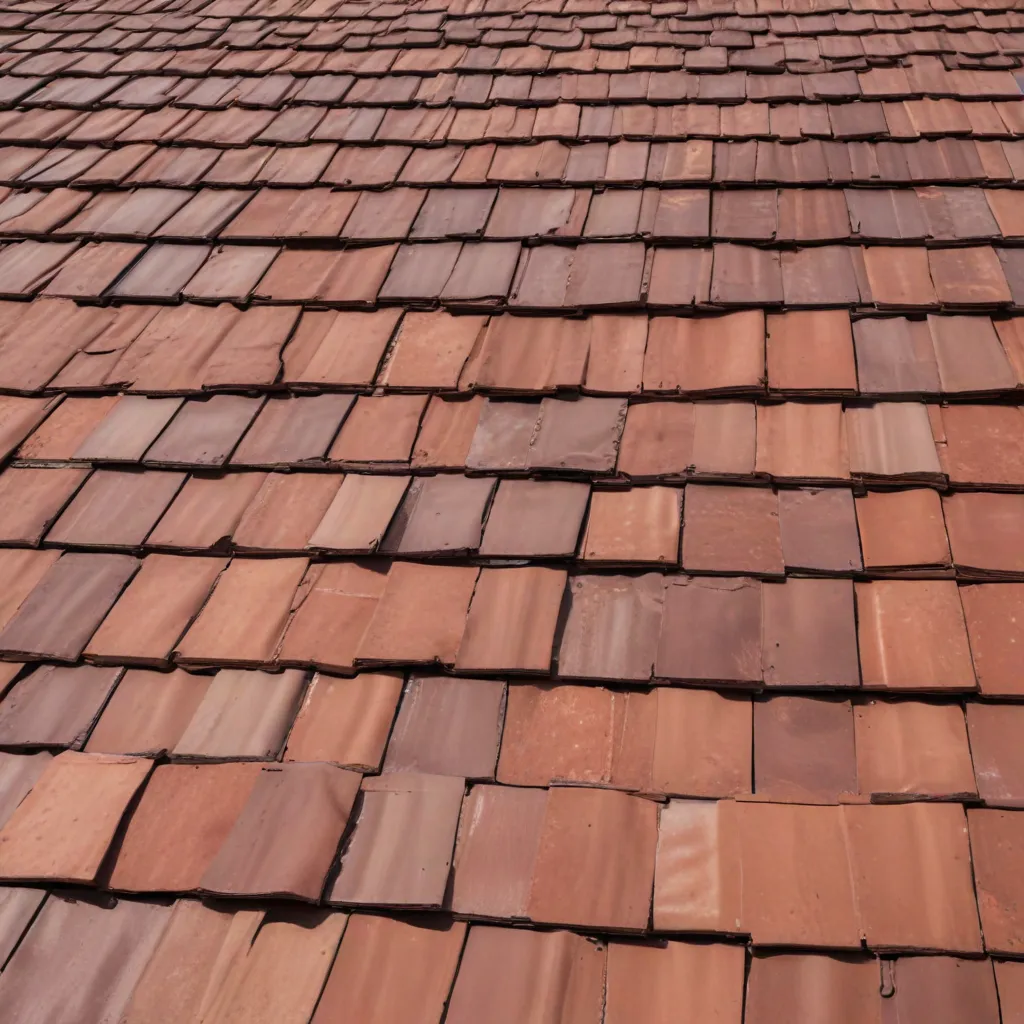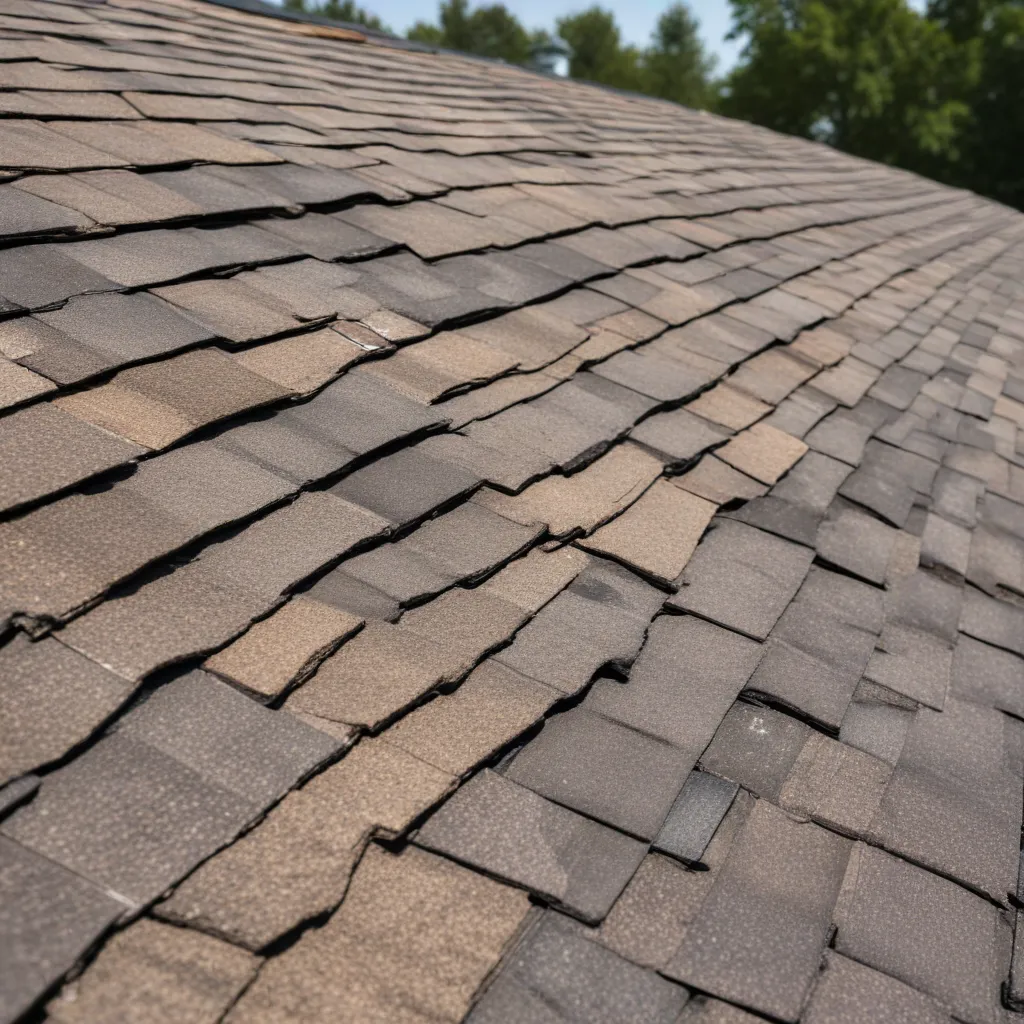
As an experienced roofing specialist for Genuine Roof Systems, I understand the critical role that underlayment plays in the overall integrity and performance of a roof system. Underlayment is the unsung hero that provides a vital barrier against the elements, safeguarding your home from water intrusion and weather-related damage.
In this comprehensive guide, we’ll delve into the essentials of underlayment selection, exploring the various types, their unique benefits, and the key factors to consider when choosing the right solution for your roofing project. Whether you’re a homeowner seeking to upgrade your existing roof or a building professional tasked with designing a new roofing system, this article will equip you with the knowledge to ensure a watertight, durable, and long-lasting roof that protects your most significant investment – your home.
Roof System Components
Underlayment
Roofing underlayment is a critical component installed between the roof deck and the outer roofing materials, such as tiles, shingles, or metal panels. Its primary function is to act as a secondary barrier against moisture, preventing water intrusion and safeguarding the structural integrity of your roof.
There are several types of underlayment materials to choose from, each offering distinct advantages:
Synthetic Underlayment: Made from high-quality polypropylene or polyester, synthetic underlayments are known for their exceptional durability, lightweight construction, and superior resistance to tearing, UV exposure, and moisture penetration. These advanced materials provide excellent waterproofing protection for your roof.
Asphalt-saturated Felt Underlayment: Also known as tar paper, this traditional underlayment option is composed of organic or fiberglass matting saturated with asphalt. While cost-effective, felt underlayment may be more susceptible to deterioration in extreme heat and humidity, making it a less ideal choice for some climate conditions.
Rubberized Asphalt Underlayment: This premium underlayment combines asphalt and rubber polymers, creating a highly waterproof and tear-resistant material. Rubberized asphalt underlayment offers superior protection against water intrusion, making it an excellent choice for regions prone to heavy rainfall or severe weather.
Waterproofing
Ensuring a watertight roof system is paramount for protecting your home from the elements. The underlayment plays a crucial role in this process, acting as a secondary line of defense against moisture infiltration. By creating a barrier between the roof deck and the outer roofing materials, the underlayment helps prevent leaks, water damage, and the associated issues that can compromise the structural integrity of your home.
Waterproofing Principles: Effective waterproofing relies on the seamless integration of various roof system components, including the underlayment, flashing, and sealants. By creating a continuous, impermeable barrier, you can effectively shield your home from water intrusion, even in the face of extreme weather conditions.
Waterproofing Techniques: Proper installation techniques, such as the correct overlapping and sealing of underlayment seams, are essential for achieving a watertight roof system. Professional roofing contractors with expertise in waterproofing methods can ensure that your roof is installed with the utmost care and attention to detail, minimizing the risk of future leaks or moisture-related issues.
Waterproofing Evaluation: Regularly inspecting your roof for signs of wear, damage, or potential water infiltration is crucial for maintaining a watertight system. By addressing issues promptly, you can extend the lifespan of your roof and safeguard your home from the costly consequences of water damage.
Roof System Installation
Preparation
Ensuring a successful roof system installation begins with meticulous preparation. This involves a comprehensive site assessment to evaluate the existing roof structure, identify any potential problem areas, and determine the appropriate materials and techniques for the project.
Material Procurement: Selecting high-quality, durable roofing materials, including the underlayment, is essential for the long-term performance and protection of your home. Partnering with reputable manufacturers and suppliers can help you make informed decisions and ensure the availability of the necessary components.
Safety Considerations: Roof installation can be a hazardous task, and it’s crucial to prioritize the safety of the roofing crew and homeowners throughout the process. Adhering to industry-standard safety protocols, such as the use of fall protection equipment and proper job-site organization, can help mitigate risks and ensure a successful project completion.
Application
The underlayment placement is a critical step in the roof system installation process. Proper techniques, such as ensuring complete coverage, appropriate overlapping, and proper sealing around penetrations, are essential for creating a watertight barrier.
Waterproofing Integration: Seamlessly integrating the underlayment with other roof system components, such as flashing and sealants, is crucial for maintaining a comprehensive waterproofing solution. Professional roofing contractors with expertise in this area can ensure a cohesive and effective installation.
Quality Control Measures: Rigorous quality control checks throughout the installation process can help identify and address any issues before they become larger problems. This includes visual inspections, performance testing, and a final comprehensive evaluation to ensure the roof system meets or exceeds industry standards and the homeowner’s expectations.
Homeowner Considerations
Durability
When selecting a roofing system, homeowners should prioritize weather resistance and long-term performance to ensure the protection and longevity of their investment. The underlayment plays a crucial role in this regard, shielding the roof deck from the harsh effects of the elements, such as heavy rain, intense heat, and high winds.
Long-term Performance: A well-designed and properly installed roof system, with a high-quality underlayment, can provide decades of reliable service, protecting your home and its contents from the damaging effects of weather. Regular maintenance and prompt repairs, when necessary, can further extend the lifespan of your roof.
Maintenance Requirements: Understanding the recommended maintenance protocols for your roofing system, including the underlayment, is essential for preserving its integrity and performance over time. This may include periodic inspections, cleaning of gutters and downspouts, and addressing any identified issues in a timely manner.
Protection
The primary purpose of a roof system is to provide leak prevention and safeguard the structural integrity of your home. A properly selected and installed underlayment serves as a crucial component in this process, creating a robust barrier against water intrusion and helping to maintain the overall health of your roofing structure.
Structural Integrity: By effectively shielding the roof deck from moisture and other environmental factors, the underlayment helps preserve the structural integrity of your home, reducing the risk of costly repairs and ensuring the safety of your family.
Risk Mitigation: Investing in a high-quality roofing system, complete with a durable and weather-resistant underlayment, can help mitigate the risks associated with extreme weather events, such as hurricanes, heavy storms, and prolonged exposure to the elements. This additional layer of protection can provide peace of mind and safeguard your most significant investment – your home.
Regulatory Compliance
Building Codes
Adhering to local building codes and industry standards is crucial when selecting and installing a roof system, including the underlayment. These regulations are designed to ensure the safety, durability, and performance of roofing structures, particularly in regions prone to severe weather conditions.
Local Requirements: It’s essential to research and understand the specific building code requirements for your area, as they may vary depending on local climate, weather patterns, and other factors. Consulting with professional roofing contractors or local authorities can help you navigate these guidelines and ensure your roof system meets all necessary compliance standards.
Permit Processes: In many regions, obtaining the proper permits for roof system installation or replacement is a legal requirement. Familiarizing yourself with the permit application process and working with experienced roofing professionals can help streamline this aspect of your project and ensure a successful, code-compliant outcome.
Warranty Coverage
Manufacturers of roofing materials, including underlayment, often provide warranty coverage to homeowners, ensuring the long-term performance and protection of their products. Understanding the terms and conditions of these warranties is crucial for maximizing the value of your investment and safeguarding your home against potential issues.
Manufacturer Guarantees: Carefully review the warranty details provided by the underlayment manufacturer, taking note of coverage periods, exclusions, and any specific installation requirements that may impact the validity of the warranty.
Installation Warranties: In addition to the manufacturer’s warranty, the roofing contractor you choose may also offer their own installation warranty, further ensuring the quality and workmanship of the roof system. Be sure to discuss these warranties and their respective coverage with your chosen roofing professional.
Homeowner Responsibilities: To maintain the validity of your roof system warranties, it’s essential to adhere to the recommended maintenance protocols and address any issues promptly. Documenting your roof inspections and any necessary repairs can help demonstrate your commitment to preserving the integrity of your roofing investment.
By carefully selecting the right underlayment and ensuring a watertight, durable roof system, you can provide your home with the protection it deserves. At Genuine Roof Systems, we are committed to delivering high-quality roofing solutions that prioritize long-term performance, energy efficiency, and aesthetic appeal. Contact us today to learn more about our comprehensive roofing services and how we can help safeguard your most valuable asset – your home.

